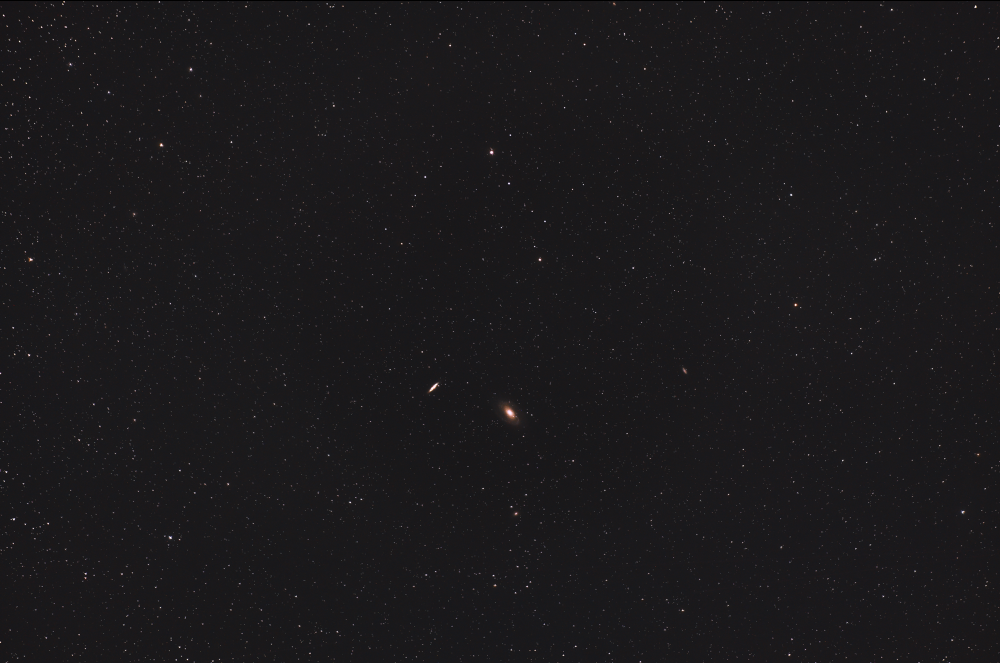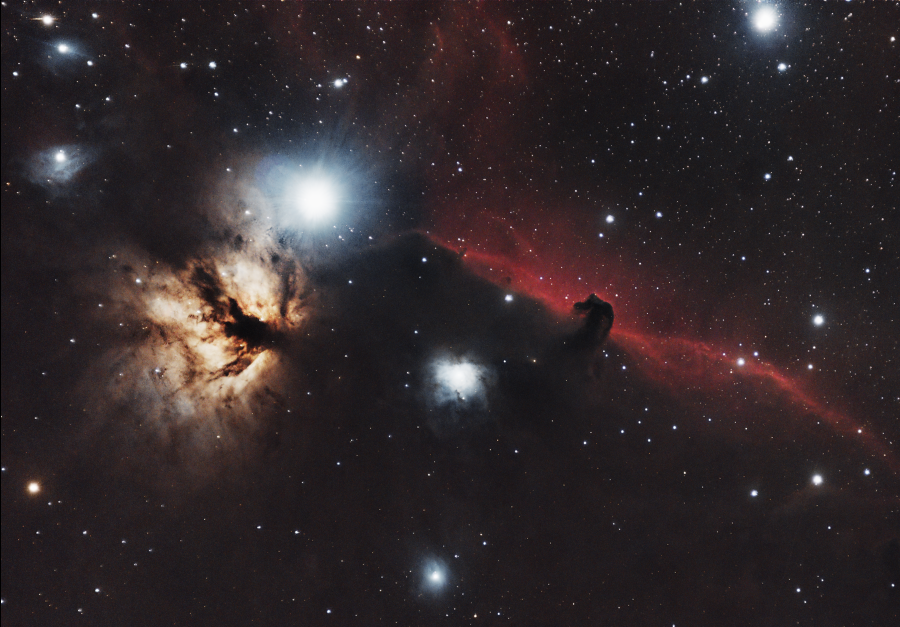-
Posts
4,131 -
Joined
-
Last visited
-
Days Won
3
Content Type
Profiles
Forums
Gallery
Events
Blogs
Posts posted by fwm891
-
-
-
@symmetal Thanks Alan, again very usefull and nearer what I'm trying to achieve.
-
@globular Thanks. Not quite what I was thinking. I'm wanting to get to the top rim of the filter to insert it inside (or remove from) an adapter. When I typed 'O' ring above a thought immediately crossed my mind - see attached sketch/drg
Essentially a 48mm extension tube with the 488mm thread removed (or partially removed) and replaced with an O ring bonded in place against the shoulder of the extension tube. The remainder of the threaded portion goes inside the filter acting as a guide whilst the O ring makes contact with the filter rim with enough grip to allow the filter to be either inserted or removed keeping fingers well clear.
If that makes sense?
-
Anyone know of a tool for insertion/removal of 2 inch filters from restricted spaces ie inside adapters etc... I've just got a ZWO - Nikon adapter that takes 2 inch filters but almost impossible to insert a filter or remove it without getting finger marks on the filter glass.
I doubt I'm the first with this problem but even the big G doesn't give any clues?
I can insert a filter with a 48mm extn tube but its getting traction on the filter to remove it that's the problem.... an 'O' ring?
-
You are but you really need to use a star to do a 'star' test. Venus shows phases (like the moon) and is an extended object telescopically so it will not show the ring patterns inside and outside of focus needed to fine tune collimation.
Polaris is a good target as it doesn't keep shifting from the FoV (though it is wide double star system!).
-
 1
1
-
-
This is my first 'play' with my new AZ-GTi mount to check out it's tracking in EQ mode. The camera is a Nikon 800E set at 1250 iso, lens is a 70-200 f2.8 G series zoom set to 200mm & f3.2. No filters used.
The image is a stack of 11x 30 second subs combined in PI and processed in PI for colour.
"nd image added or the area around M81 / M82 same processing with the exception of RC's Blur and Noise XT routines run on final images.
First quarter moon within 90° (guessed).
I have cropped the outer parts of the frame as there was signs of coma in the images although I was pleased that the tracking appeared good. No dither.
My set-up was to level the top of the tripod horizontally then put the tripod pan & tilt head on the tripod, level that horizontally too. I then put the AZ-GTi with the camera and lens on a photo tripod placing it with weights down pointing north, switched on the live view on the camera making sure the grid was visible on the screen and centred Polaris using just the vertical and rotational movements of the pan & tilt head, magnifield the view to centre and focus polaris and lack the tripod head movements.
The AZ-GTi will operate off WiFi so I used that to set goto and a set of exposures.
-
 2
2
-
-
Superb
-
 1
1
-
 1
1
-
-
I suspect the greases inside your mount have hardened over time and that will cause a lot of 'sticking/releasing' motions during driving.
-
 1
1
-
-
-
When did you last service it ?
-
 1
1
-
-
I've had something similar in PI when using a luminance mask and switching back-n-forth between stars and background applying different stretches, looks much the same but not on single subs...
-
 1
1
-
-
I think you have too. bigger separation between the source and the return beam. When I made that tester I had less than 10mm between them. Large gaps will loose you contrast and make readings difficult.
-
Could it be that your flats are rotated by 180° ? therefore having the opposite effect on the areas they should be correcting? Could happen especially if lights and correction frames are shot at different times...
Just a thought
-
Nowt wrong with that Sir/Madam
-
 1
1
-
-
I started using this refractor for visual and gave a short review (
I've been quite pleased with results so far from the 102 Ascent. I started using it with an ASI585 MC uncooled camera and initially I was unsure whether it was the camera or the 102 that was giving me the clarity or the small pixels of the 585. No evidence of chomatic aberations but then I'm working at prime focus not trying to push mags with extra optics. Later I've got myself a Hypercam 26C. With this I'm using a Baader MPCC MkIII coma corrector as I didn't think the 102 would be that well corrected with an APS-C format sensor. I've not tried it without the MPCC MkIII as with limited sky time it seemed pointless.
I guess the best thing to do is put up a couple of images taken with this set-up:
IC434 and the flame nebula was almost the first target with the 26C. Taken through a Baader UV/IR cut filter (not sure why as the camera has one built in!) comprised 8x 300s gain quite low as I was unsure of the settings.
IC443 (or 'The Dog nebula') as I now see it. Captured through an IDAS NBZ filter, 23x 300s subs used and processed in PI a quite bright moon present over the two nights of capture.
NGC 2264 area, Similar specs to IC443.
M1 The Crab nebula. Taken on the ASi585MC with a mix of UV/IR cut filtration and IDAS NBZ filters. Processing in PI with a tweak in PS-CS3 for saturation.
Not a long review but hopefully the images will do more meaningfull talking than myself.
Hope it helps
-
 7
7
-
-
-
There was a company (many many years ago) called AE based in or very near Bedford... Could be wrong on this. Around the time when it was still Fullerscopes before they became Broadhust Clarkson and Fuller (BCF) so going back quite a bit (like me!)
-
 1
1
-
-
-
Captured over two nights this week. It comprises 23x 300s subs processed in PI and tweaked in PS CS3.
I used an Altair 102 EED Ascent refractor, an Altair Hypercam 26C with an IDAS NBZ filter for all subs. Mounted on an iOptron CEM 60.
Processing was fairly standard, I used a luminance mask to help control the background with many cloned stages to try this-n-that to see how it went...
Final tweak in PS using colour range and some feathering to lift the darker parts of the nebula.
I'll add more subs should the weather gods smile on me!
Thanks for looking
-
 2
2
-
-
8 hours ago, Louis D said:
Would this be better categorized as imaging rather than eyepieces (visual)?
Yes this is for an imaging rig
-
I'm in the process of getting an Orion Optics (UK) VX10 with 1/10th wave optics which I will be using with (at present) a couple of cameras: AA 26C and an ASi585MC. I have a Nikon 800E and D5100 although I'm not planning on using these regularly with the 10 inch.
My question:
I currently use a Baader MPCC Mk III coma corrector with an Altair 102ED Ascent refractor, which after tweaking the spacing gives me quite reasonable stars to the corners of the 26C and I will probably continue using this on the VX10. From playing with a FoV simulator (https://12dstring.me.uk/fovcalc.php#) I'd like to add a reducer/flattener into the mix but really unsure about which to go with. How much reduction: probably around 0.75x - 0.8x reduction.
Anyone here using a similar scope with reducers? would love to hear the goods and not so goods about them.
Thanks Francis
-
I've added a Starless image of the comets
-
After being clouded out earlier in the evening the skies began to clear around 21:00 last night.
I set out to try and capture both comets as they past each other. Early attempts (and possibly this one!) guiding on star background didn't reveal anything so I started guiding on C2022 E3 (ZTF) with 500 second subs. Below are two individual subs and a combination of the two in an effort to show position changes. Times are annotated for each image and in the combined frame I'ved added two arrows to show (what I think) is the motion of Atlas between the two sub exposures. Added a starless image which shows a misty blue blur...
The moon really killed any contrast while imaging but hopefully processing has lifted things enough?
Images captured and guided with Astroart 8.0 using an Altair Astro 102mm Ascent Ed refractor and an Altair 26C @ -10°C. Processing in PI & PS CS3.
Comments welcome.
-
 10
10
-
-
Just got lined up and the guider tracking on C2022 E3 and Atlas together in the Kids (Auriga) and the alarm went off that my guide star was lost!
10 minutes before there was a little patch of cloud way to the south of me now - almost solid cloud. Main pairing is about 21:00 hrs so I can only hope things clear before then.
I hope others are having some clear skies, despite the moon now rising...
-
 2
2
-























Practical Astronomy Show. Kettering. March 11th 2023
in Star Parties & Astro Events
Posted
Just put a little name badge on and ....